Culture April 8, 2020
Do some types of dance get more clout than others?
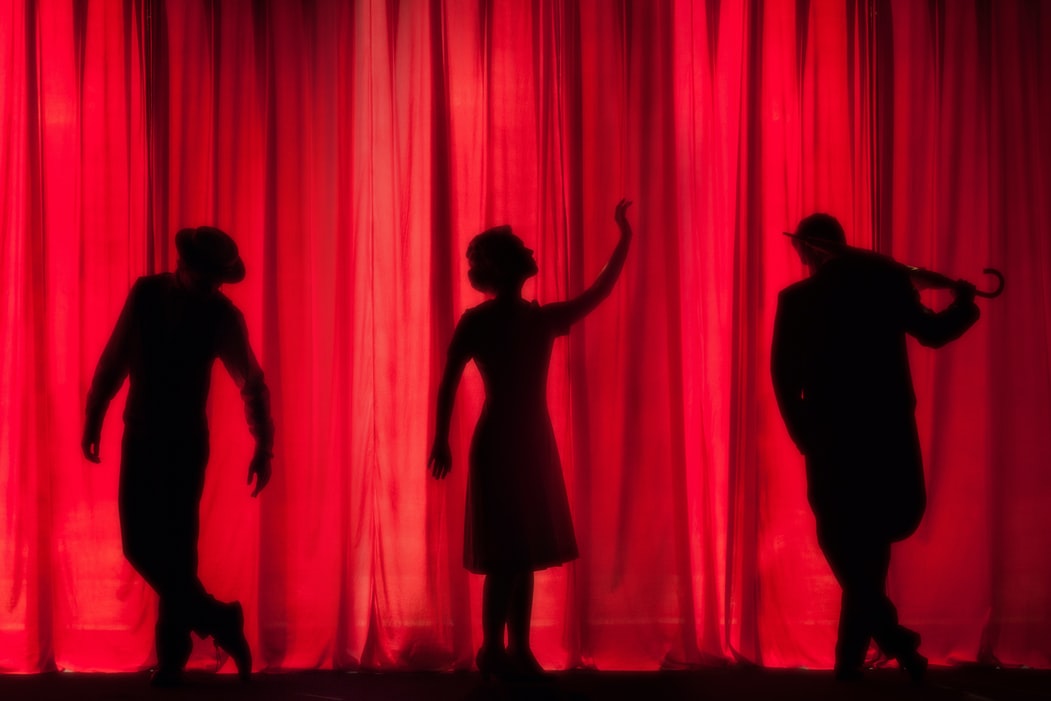

All performance art needs to be heard. Tap dance is my forte, and we’re all familiar with what that is, but there are so many other types of performances that are being swept under the rug.
I am a professional tap dancer and assistant grant writer in Subject:Matter, a Boston-based tap dance company. I have been tap dancing for 20 years and counting. However, I still really enjoy watching other people perform just as much as I love performing for them.
Britannica defines “performance art” as a live presentation to an audience or onlookers and draws on such arts as acting, poetry, music, dance, and painting; it is generally an event rather than an artifact.
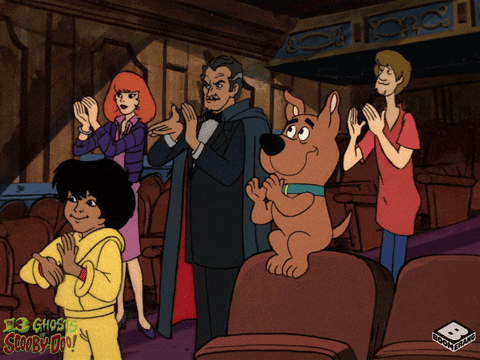
Live performances are one way to peek into a group or nation’s society and culture. How people choose to express themselves can reflect a society’s values or an individual’s values within a larger societal context.
No single person can know, understand, and consider every possible side to anything. Performance art is a channel to explore and share “new” ideas. This challenges people, performers, and creators, to assess an ever-expanding array of topics.
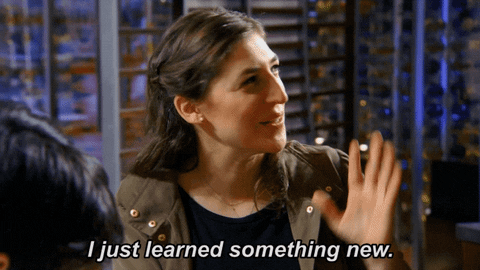

As someone born and raised in the United States, I still notice individualism, diversity, equality, competition, and innovation as specified characteristics of “American” values.
At a time of intense divisions and definitive claims of identity, people argue for why their thoughts and actions are truly “American.”
As an active performer, I continue to see more performances oriented around popular topics within the socio-political sphere. I also notice people within any polarized affiliation claiming to champion true “American” ideals and values. Despite this, I notice a lack of support for people or expressions which truly are “American.”
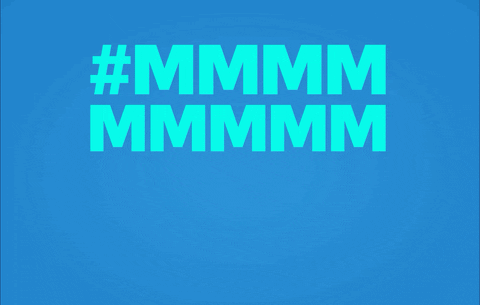

Certain art forms and ideas are more readily supported and lauded in a hierarchical manner that ultimately supports non-endemic art forms.
Across many studios, schools, and programs, tap dance is often disrespected. Acquiring financial support for tap dance is consistently more difficult than, say, ballet or modern; no disrespect or invalidation to any mentioned dance forms. This is purely a means of comparison and observation.
Tap gets no investments to get the right kind of platform. For example, wooden surfaces are necessary for tap, but Marley floors are often provided, which is like dancing on rubber. Muffled sound, can’t slide, no bueno. Additional costs include sufficient mics for performances as well as sufficient floors or transportation if someone has their own floor. Not to mention tap shoes are generally more expensive than other dance shoes.
Academic institutions rarely offer tap dance. Studios, especially among older dancers and the “company” of the studio, do not always require dancers to continue tap dance. However, studios and academia require jazz, ballet, modern, contemporary, etc.
Other dance forms are likely to be more well-attended than a tap performance. Perhaps it is the allure of the foreign and unfamiliar, but why does that fascination remain when people are now more knowledgeable and well-versed in “foreign” entities than tap dance?
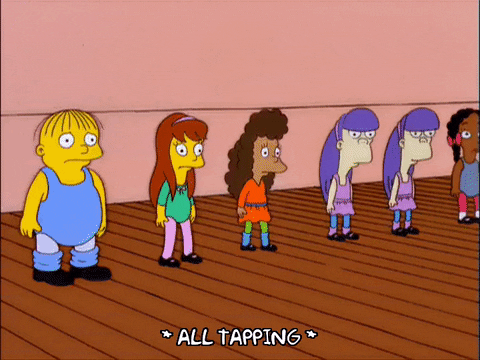

Tap dance was born and raised in the United States, and its origins lie in slavery. When African drums were outlawed in 1740, the emphatic and dynamic rhythms were then expressed through bodies, such as “patting juba” and “jigging,” alongside other physical gestures and movement.
Unlike any other performance art I immediately know of, tap dance is specifically an oratory tradition. Tap dance history gets muddy during the 1700s and 1800s as Irish people immigrated to the U.S. because no definitive account of it currently exists. Possibly because of racism and classism in record keeping, but tap has always been a uniquely oratory tradition.
Because the tap history narrative gets sticky during this time period, and people generally dislike mentions of slavery because of the tensions that still exist, crediting Irish clog dancers with concrete influence on what we know of as tap dance today is more palatable. However, this narrative gives deference to foreign, specifically Eurocentric, ideas and influence again over what already existed.
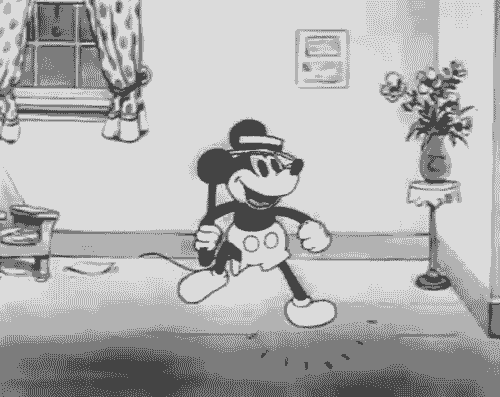

Since this craft is from the U.S., it can’t not also embody the “American” values people claim.
All individual bodies and ways of expression are welcome. Tap has no codified technique or preferred physical characteristics, so each person interprets and embodies a rhythm or step in a completely individualized way. No person has to mold their body or style to the form in order to practice it “properly.”
All voices are welcome, so trivial factors like age and ethnicity do not exclude anyone from participating in the dance.
Friendly competition, a.k.a. “cutting contests,” is a fundamental characteristic of tap dance. This again reinforces individual expression and equally acknowledges the validity of every person’s voice.
The dance is not stagnant. Still today, many people utilize tap dance as a career or outlet, which constantly challenges dancers to innovate.
This article credits Michelle Dorrance as the one reviving tap dance in 2016, but the form never died. The form was never near extinction. I understand this article means to highlight features typically not seen within tap dance that is now bringing it more commercial popularity. However, this also completely discredits other active tap dancers who contribute to tap’s popularity. This article demonstrates how people misunderstand the state of tap dance, which reiterates how tap does not always receive ample platforms and opportunities to show how it is alive and well.
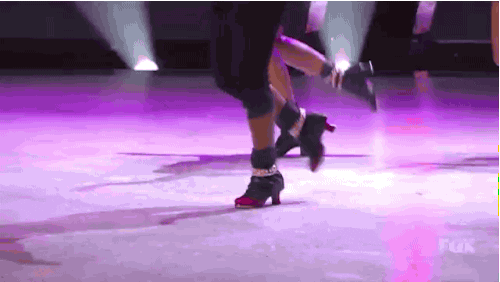

On a more acute and cultural level, people tend to unconsciously edify outside entities over local performers and teachers.
For instance, across any dance form, someone from outside the local area teaching a workshop or master class will likely receive more local support than someone from the area who has been teaching in the same space for years. This is not to criticize attending a class from someone outside of a local area; outside performers can provide fantastic learning opportunities, which should be utilized. This highlights how people tend to willingly support someone else over, rather than in addition to, a local person who has been nurturing and continuing the practice locally.
The most immediate action to take is to support local artists whose work you support and align with, but also learn the history of what you support. Rethink how you engage with performance art and tap dance.